Sevilla’s 9 Best Places To Visit

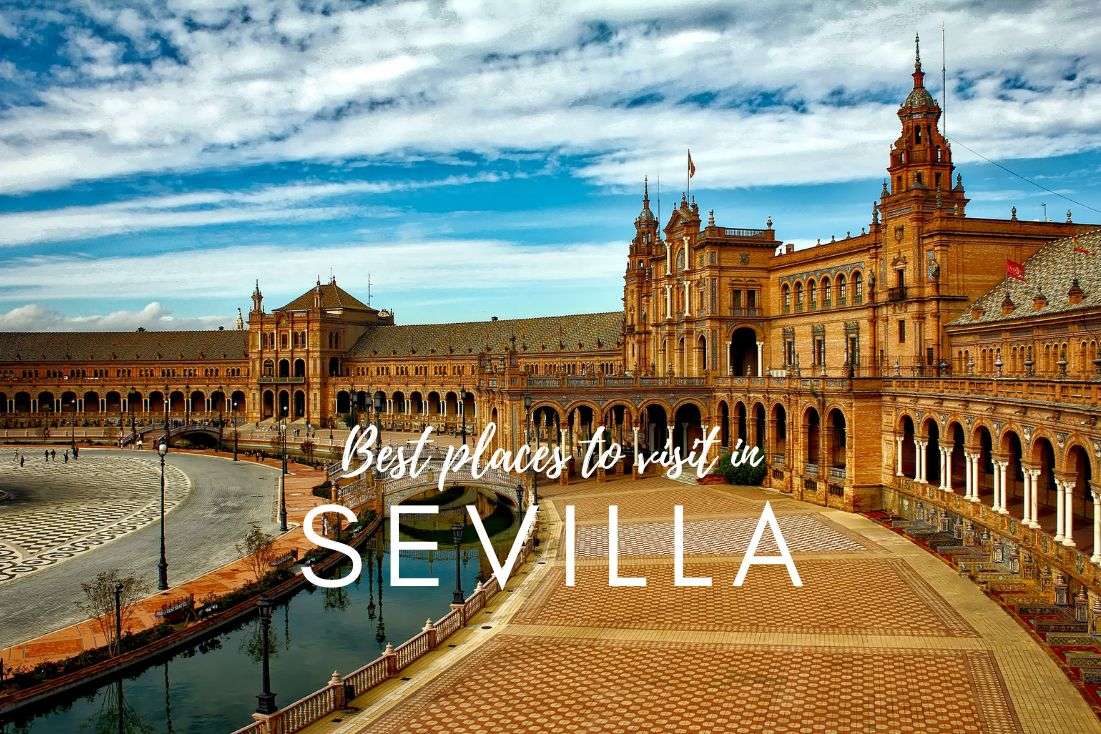
Sevilla, the capital of Andalusia and the region’s largest city, is... wait for it... small! Sorry for the unnecessary suspense. It just may come as a surprise that it’s really that compact, being the fourth largest city in the country. The Old Town, which is where you’ll be doing your walking, is only 1 mile top to bottom.
With a population of 690,000, it’s hardly huge and makes for a perfect weekend break. If you are short on time or like to travel swiftly, two full days will be enough. If you’re more of a ”tapas and siesta“ kinda tourist, go ahead and add an extra day. Or if you’re visiting in the height of summer, which I urge you to reconsider, add on some time. You will spend most of your days in air-conditioned bar or sprawled out on your hotel bed, not sightseeing.
Watch out for the heat
Sevilla is a year-round destination, but if you’re visiting in the summer, “pleasant” is not a word you will use to describe the temperature. It is the hottest city in continental Europe (having a dispute about the title with Athens). Unless you can Elon Musk your way to some sort of personal air-conditioning suit, you will need to take cover during a large part of the afternoon. Though on the flipside, if you want empty streets, go ahead and visit in August and walk around at 1pm.
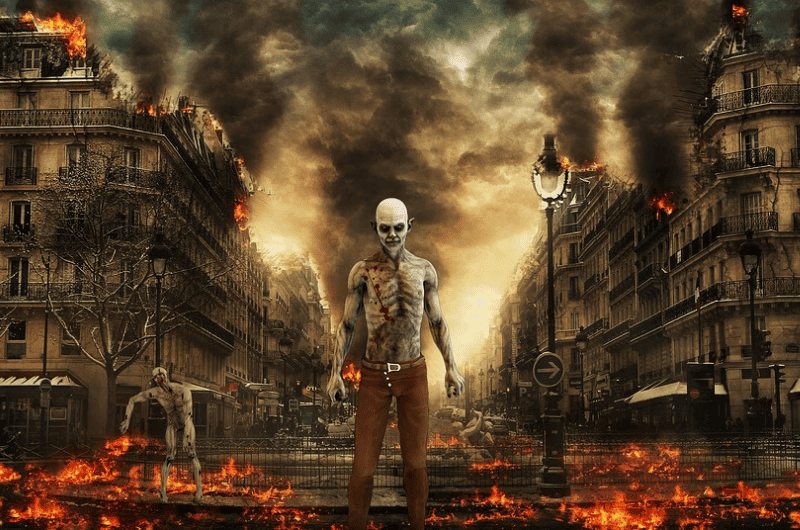
How hot is it? Hot enough for Sevilla to become the first major city in the world to start naming and categorizing its heat waves! So just like a tropical storm, starting in 2022, people will be warned if extreme heat is coming. You for sure want to look out for heat wave Julia or John before your visit. A temperature of 100ºF (37ºC) is standard for July and August. Though that sounds cold compared to the maximum of 117ºF (47ºC) on record from 1946.
How Sevilla became awesome
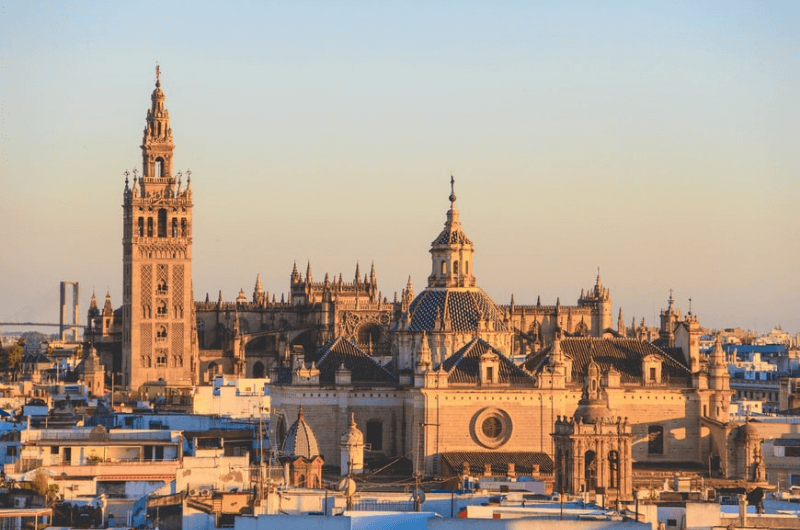
I’m not easily impressed because I’ve seen quite a few beautiful places on our Earth, but I have to say Sevilla is, well, impressive. This has to do with its very special status in history, when it became an overnight trade sensation after the discovery of the New World.
Sevilla rose to almost instant wealth and importance once ships started coming back from America full of goods, and you can see this on every corner. It’s in-your-face awesome. Coincidently, when the cathedral was being built, the plan was to “… build a church so beautiful and so magnificent that those who see it finished will think we are mad.” So Sevilla was predestined to be impactful.
The river Quadalquivir runs through Sevilla, and ships coming in from America used the river to enter Spain. Sevilla was the point on the river where the ships had to stop, and, in 1503, a decree awarded Sevilla a monopoly on all goods coming from America. Now that’s power! That’s wealth! No wonder they were a little cocky about it.
If history interests you, head on over to our post about everything Spain (including the country's history).
Sevilla’s Old Town is compact and will make you happy for most or all of your stay.
Sevilla’s top things to see and do:
9. Flamenco places in Sevilla
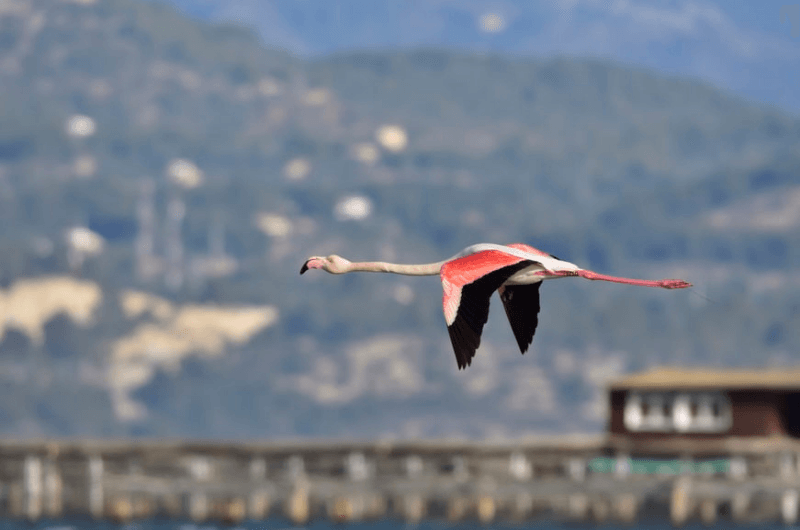
Sevilla is the home of the spirited and passionate flamenco! The dance/performance is not for everyone, with lots of clapping and emotions flying around, but if you want to experience it, Sevilla is one of the best places to do so.
Los Gallos Tablao Flamenco is one of the oldest tablaos (flamenco places) in Sevilla. It’s in a renovated historic house in the Barrio Santa Cruz and offers a great variety of tapas and cocktails.
If you want to not only watch but also learn, head over to El Patio Sevillano (P.º de Cristóbal Colón, 12). They show performances of various flamenco styles as well as serve food and drinks. And there are flamenco classes on offer if you wish to participate.
If you want a deeper understanding of the traditional dance, you can visit the Museo del Baile Flamenco (C. Manuel Rojas Marcos, 3). The museum itself is not that great and you may learn more from Wikipedia, but there is at least some information and flamenco artifacts. The live shows are performed by talented dancers, no drinks though.
8. Best tapas bars in Sevilla
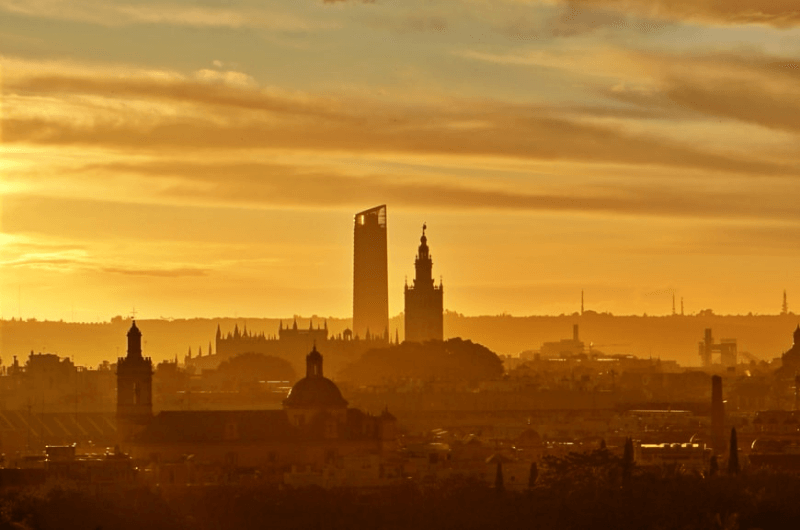
With 3000 tapas bars in Sevilla, you are spoiled for choice. You couldn’t not find a tapas restaurant if you tried. Chances are you will tuck into a random tapas bar several times during your stay and not make an extra trip to somewhere that I or anybody else recommends. The best experiences aren’t planned, after all!
Here are a few that stand out if you are nervous about choosing one yourself (how do you survive in the world though?!):
La Brunilda (Calle Galera, 5) is regarded as one of the best tapas bar in the city, but it can be hard to get into for that very reason. There is a line at the door snaking around the corner every night. Good luck with that.
Dos de Mayo (Pl. de la Gavidia, 6) is the place to go for seafood tapas and fish delicacies. There is also a terrace and there will probably also be a line, so get there early for dinner.
If you are a foodie, Vineria San Telmo (P.º de Catalina de Ribera, 4) is the place for you. Experimental tapas! Its right at the NE corner of the Alcazar complex.
7. Sevilla’s Mushrooms aka Metropol Parasol
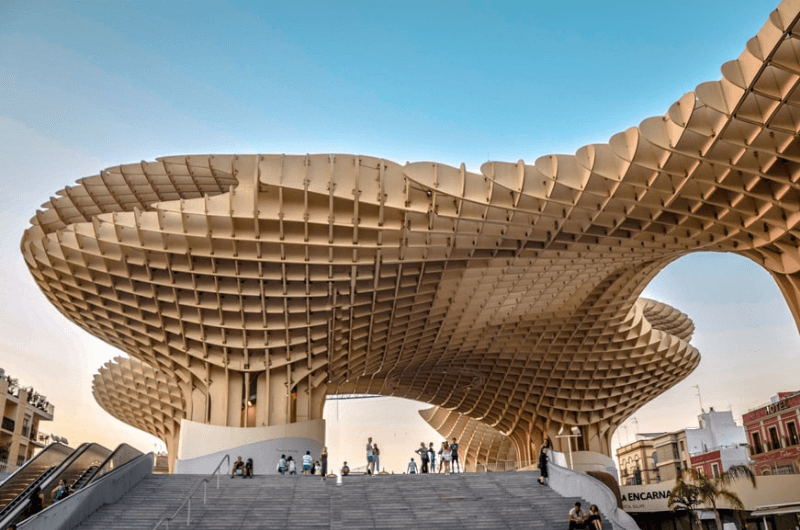
Before heading to the most prominent and oldest structures of Old Town, do you want to see the weirdest? It ain’t called “The Mushrooms” (Las Setas) for nothing! The largest wooden structure in the world is this controversial group of 6 giant mushroom-looking things that the locals hated when it was first erected.
You can probably see why it’s an eye strain for the traditional Spanish grandpa. Filling up one of the squares in the historical center of town with a futuristic monstrosity will stir emotions. There are people living there with balconies towards the square, used to the nice open space that was there before. The construction was delayed several times, adding insult to injury, and finally finished in 2011. But it has grown on Sevilla and the locals now embrace their fungi as a landmark attraction.
Tip: Want to be like one of those people with a balcony towards the Mushrooms? Stay at the strangely named but nice Welldone Metropol.
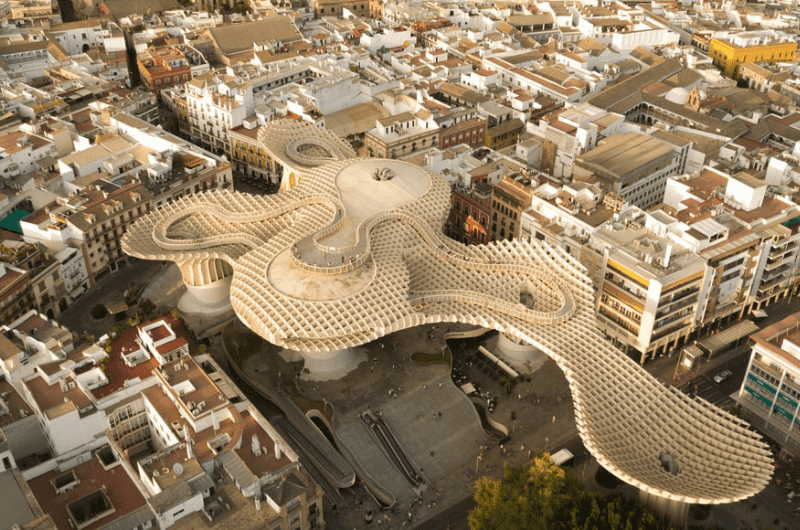
I think it’s great. It’s unique and strange in all the right ways. The light show gently gliding across the top at night makes it even better. It’s bigger than you think it will be, towering over some of the buildings around the square, with grown trees underneath. And some homeless people and dirt for good measure.
But the top is cool!
There is an elevator that takes you to the top where you can take in the sights from the winding walkways and platforms on two floors. A unique view of the Cathedral can be seen from it, too. The Metropol Parasol includes a restaurant and a shop.
- Plaza La Encarnación, entrance is from an underground level next to the Antiquarium.
- Open daily 9:30am—12:30am (closes 30 minutes earlier during winter)
- Tickets start from €5 for daytime and €10 for nighttime.
6. Barrio Santa Cruz
The neighborhood between the palace and the cathedral is called Barrio Santa Cruz, the old Jewish quarter. This is where you want to wander aimlessly in the narrow alleys, passing tapas bars, tiled benches and myriads of orange trees. This is where you will really feel that you are on vacation.
Granted, this is a neighborhood where you’ll also find the most tourists, and the quality of the restaurants is hit and miss. Some great tapas restaurants that won’t disappoint are El Librero Tapas y Quesos (Pje. Andreu, 4) and Las Teresas (C. Sta. Teresa, 2).
Tip: The simply gorgeous El Rey Moro Boutique Hotel is in this part of town. These rooms will not appeal to you minimalists out there, but you will feel like royalty. And that courtyard!
Our tips for Sevilla: Best palace in Andalusia: Royal Alcazar of Sevilla Impressive architectural highlight: Plaza de España Inside the Cathedral: Christopher Columbus’ Tomb It gets crazy hot: Sevilla is the hottest place in Spain Best restaurants: Always check reviews on Tripadvisor
5. Parque de María Luisa

If your socks haven’t been knocked off yet, get your butt over to the bombastic plaza of Parque de María Luisa. Not only your socks, but also your shoes will fly off your feet, because Sevilla decided to go all out when they built it. But they had help.
The gardens were there already, but its the structures that were added to it (and not only it) and how it was expanded for the 1929 Ibero-American Exposition that turned it into the spectacle it is today. It’s not just a park, ok. Its a huge complex with fountains, monumentous buildings and tiles galore, and yes, also a park.
Tip: A good hotel right by the plaza is Melia Sevilla. It has a pool and modern rooms. For an extra special stay, ask for a room with a balcony that has a view of the park!
For 19 years, Sevilla prepared for the Expo that was meant to promote Spain and improve relations between it and its former colonies. Because being colonized doesn’t always leave the best aftertaste. Twenty three countries mainly from the Americas were in attendance, each bringing out all the stops with their individual exhibitions.
Each country was invited to build it’s own building (or three, in the case of the USA) and show off the best of their country in terms of culture and technology. And build they did. Most of the pavilions are still standing today and used as university buildings, museums and even consulates.
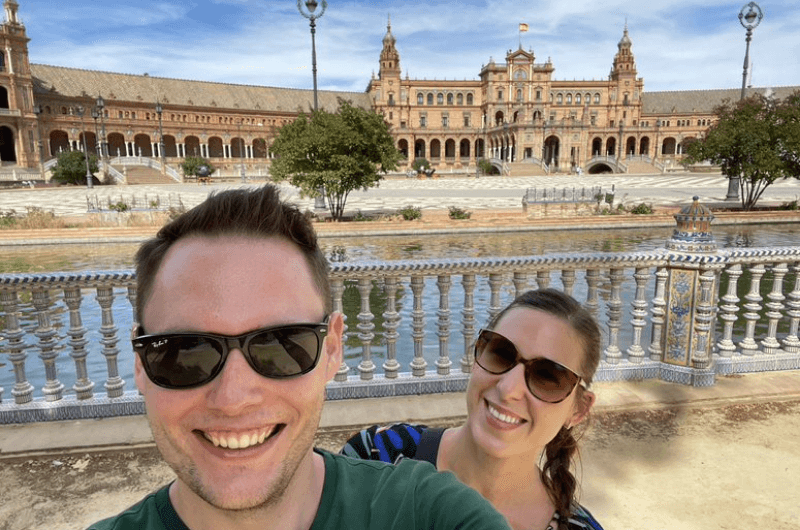
Portugal, Argentina, Uruguay, Chile and Peru built arguably the most visually significant buildings that are now located at or near the Sevilla University. One of USA’s buildings is now it’s consulate.
But we all know the host always has to impress in the best dress. In this case, the Plaza de España. The central, half-circle Andalusia pavilion was the main focal point of the Expo and also the most extravagant. Around the plaza there are tiled alcoves, each of which represents a different region in Spain, a canal, fountain and several other buildings that served as Spain expositions. Aníbal González, congratulations on designing something this memorable. And now go and rent a little row boat for €6 for 35 minutes like a good tourist.
The main building on the plaza now serves as a seat for the main government offices.
4. The Royal Alcazar of Sevilla
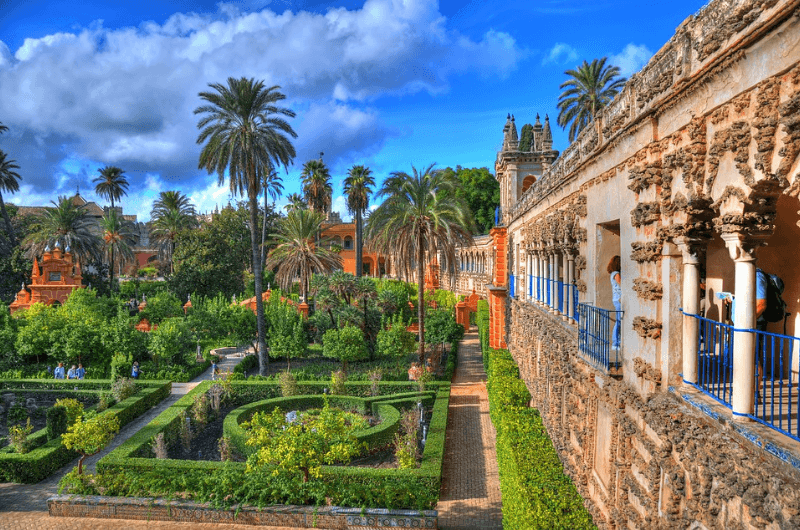
The Alcazar is the oldest royal palace still in use in Europe today. When the royal family is in Sevilla, it resides in the upper stories of the palace. Now you can feel like a royal, too, and visit their apartments! No really, you can even go to the bedroom.
The Alcazar is spectacular. It’s possibly the most impressive site in Andalusia. They really knew how to build fancy buildings back then, huh? And similar to the Cathedral, the palace was built by Christians on the site of a Muslim structure (a residential fortress). The palace is a really nice example of Mudejar architecture, a mix of Muslim and Christian styles. It’s an ornate, elaborate, fancy pants place.
There are gorgeous gardens with fountains and courtyards that sound boring here on virtual paper, but just wow in real life. Even for you masculine types. Don’t be shy, you can be impressed by a garden!
Don’t even get me started on the luxurious interiors. The colors, the tiles, the art, the gold, the sheer size! No matter how much money have in your present-day life, you can’t help but feel like they took it up one or six levels back then. Not afraid to be too show-offy in the slightest! Coming off a little arrogant? Who cares! You can afford it, build your floor out of gold! The tiles go on for days and are different on every wall, ceiling, and I didn’t check the toilets, but I’m they’re in there too.
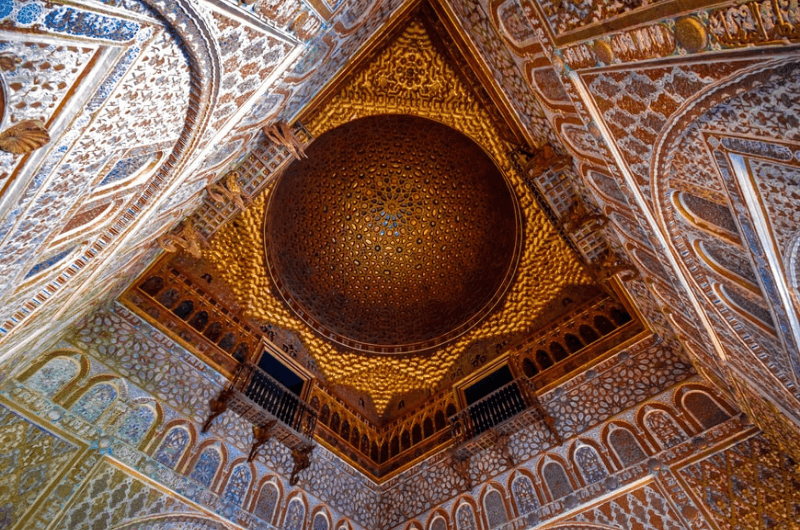
The Courtyard of the Maidens, the Princess Baths, the Ambassador’s Hall… each area leaves you thinking it can’t get any better, but then it does. Make sure you have enough room on your phone for a million pics. If you really can’t get enough, go for a second round and visit at night. It’s even better! You will need 3 hours minimum to see it all.
- Patio de Banderas, s/n
- Daily October—March 9:30am—5pm, April—September until 7pm. Nighttime visits available from March—October, tours begin after dark.
- Tickets start at €13.50 for general entry without audio guide and vary depending on what areas you want to visit (main difference is if you go to the royal family’s digs or not). Get the audio guide.
3. Sevilla Cathedral: General Info

When the cathedral was finished in 1506, after over 100 years of construction, it became the largest cathedral in the world. Istanbul’s Hagia Sophia, who held the title for over 1000 years up until then, dropped down to second place and probably cried about it a little bit. Can you imagine, after thousands of years, someone suddenly being bigger than you? The ego shatters!
Funnily enough, Hagia Sophia is a Christian basilica turned mosque (turned museum and then, from 2021, a mosque again). Want to take a guess on why that’s funny?
Sevilla’s mighty cathedral was built on the site of a mosque, adapting to its square structure. The former minaret became a bell tower, La Giralda. That’s why its floorplan is not in the shape of a cross as it is in most churches.
There is consensus that the cathedral in Sevilla is currently the largest gothic church in the world, but after that, the statistics become a little wonky. It is also the 2nd or 3rd largest cathedral. Not sure which place it is in because Milan’s Cathedral is neck and neck and nobody wants to be third. That also makes it the 3rd or 4th largest church in the world.
A little vocabulary and church sizing lesson: You might come across a different statistic saying that Sevilla’s cathedral is the 3rd largest church in the world, or the largest gothic cathedral in the world. It’s all very confusing for us non-religious folk. I can only assume it is confusing for religious people too, because can you really explain the difference between a church and a cathedral? What about a basilica?
The criteria used to decide the size also varies. Sometimes one church has larger volume but sits less people, and then the church that sits more people but has a slightly smaller volume argues about first place. Looking at you, Milan.
A church is any place of Christian worship that has a permanent congregation and is run by a pastor of some sort. A cathedral is a church run by a bishop, basically the boss church. And a basilica has special status bestowed on it by the one and only Pope.
Back to visiting the cathedral. It is spectacular, and you really want to get a good like inside. With 15 doors, you can imagine how enormous it is. Inside are no less than 80 chapels, each of them looking like you could fit another church in there. The choir stands are elaborately decorated and the main alter piece is just bombastic. Seriously, how much gold can you use?!
2. Tomb of Christopher Columbus
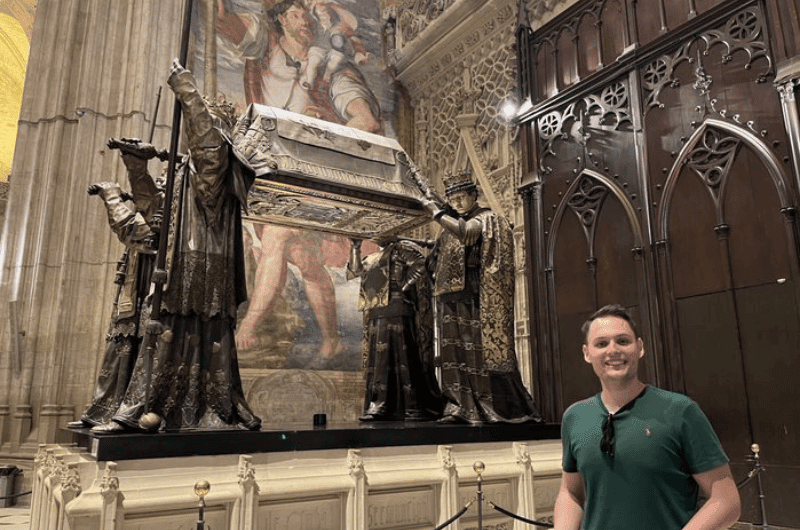
The interior of the cathedral stands on its own in worthiness to visit. But Sevilla’s Cathedral has another darn good reason to lure you in: the tomb of Christopher Columbus. It actually holds his remains, even though Santo Domingo in Dominican Republic claim that their Columbus is the real thing. There was a time when Columbus was really buried there, which is where the dispute started. It’s an interesting argument that includes DNA tests, refusing DNA tests, and a mysterious lead box with bones and a bullet in it.
The tomb in Sevilla is cool though, so check it out.
La Giralda Bell Tower
What I find strange is that Sevilla is so proud of their bell tower, La Giralda, because it is so tall (104m or 342 feet) and fabulous… but it’s only like that because you hacked a mosque’s minaret! You can’t take someone else’s stuff and then show it off as your own! The very top Renaissance-style part was added onto the minaret, and they plopped a statue that is holding a cross on it to really rub it in.
But next time, just build your own really tall and fabulous tower, Christians! And then be smug about it. Sheesh.
In Covid times, tickets are sold online for specific visiting times to the cathedral, and you enter through the Lagarto door (by the bell tower) if you have a virtual ticket. If you like to push your luck or don’t know how to use the internet, you can head over to the Prince door (southern entrance by the replica statue that sits stop the Giralda), where they sell tickets left over from the online sales with a 10% fee added on top.
- Cathedral address: Av. de la Constitución, s/n
- Open Monday—Saturday 10:45am—5pm, Sundays 2:30pm—6pm.
- Tickets are €10 per person. Guided rooftop tours are available for €16.
Are you excited to go to Sevilla yet? You should be! It’s one of those places that makes “must visit” lists for a very good reason. Just remember about those summer heat waves. You wouldn’t want to fry your brain.
This post may contain affiliate links. We earn a small commission if you make bookings through our links, at no additional cost to you. This helps us keep this blog running, thank you!
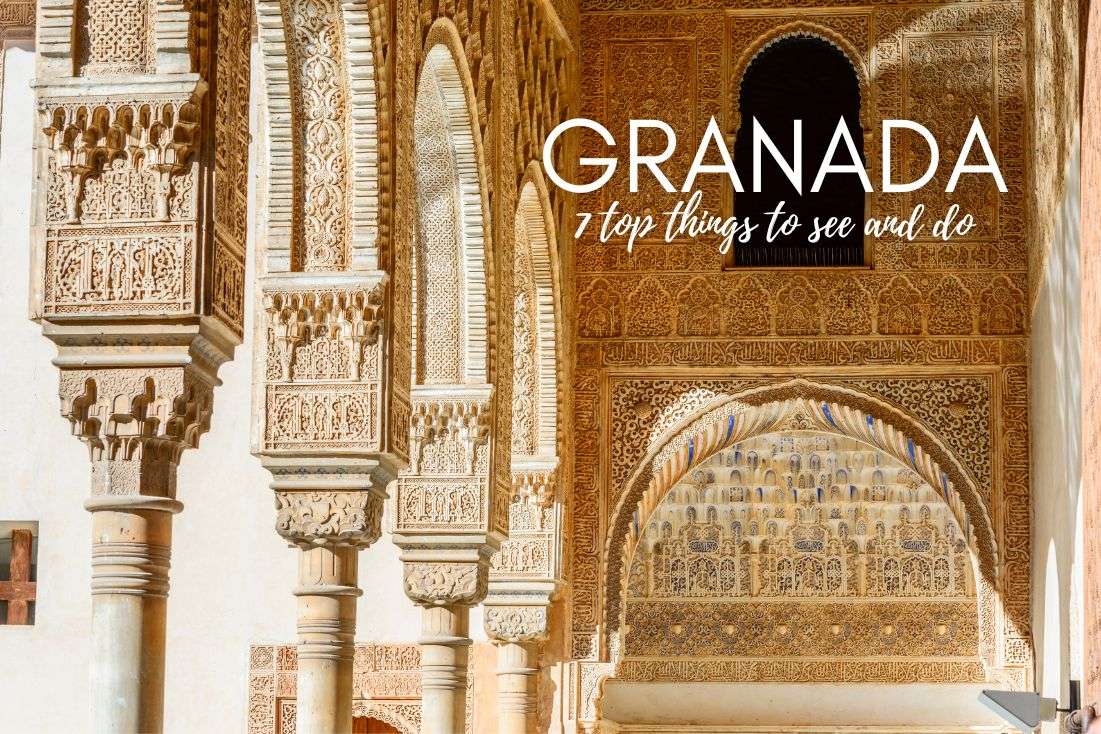
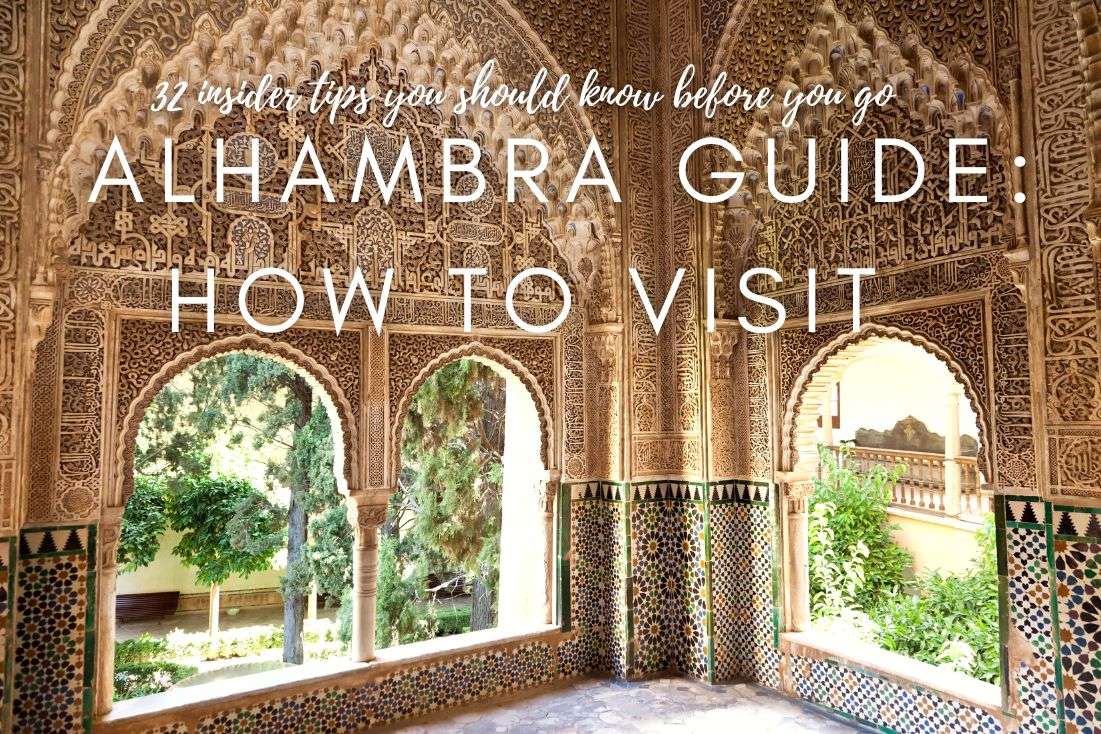
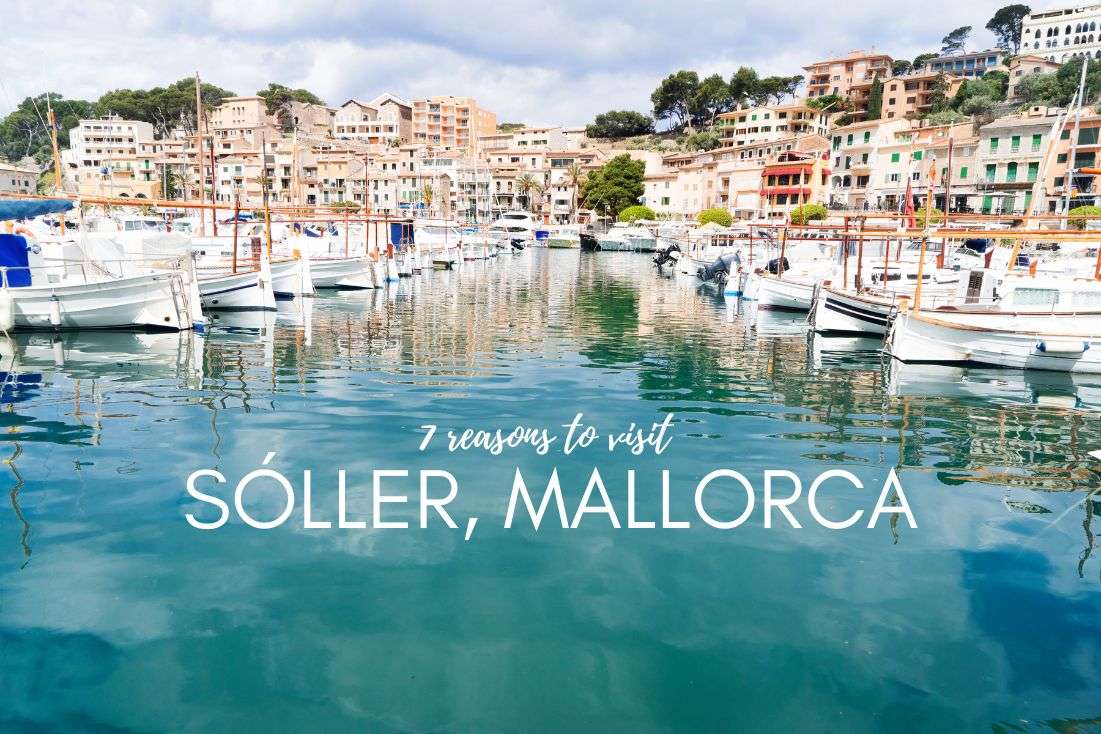




Comments
Thoughts? Give us a shout!